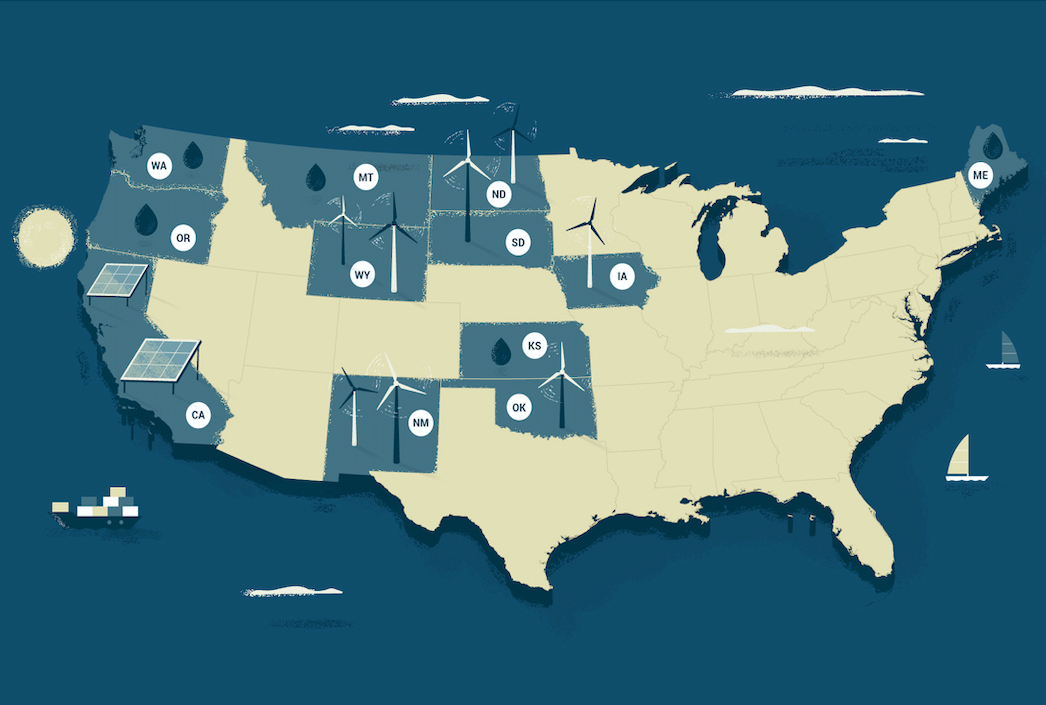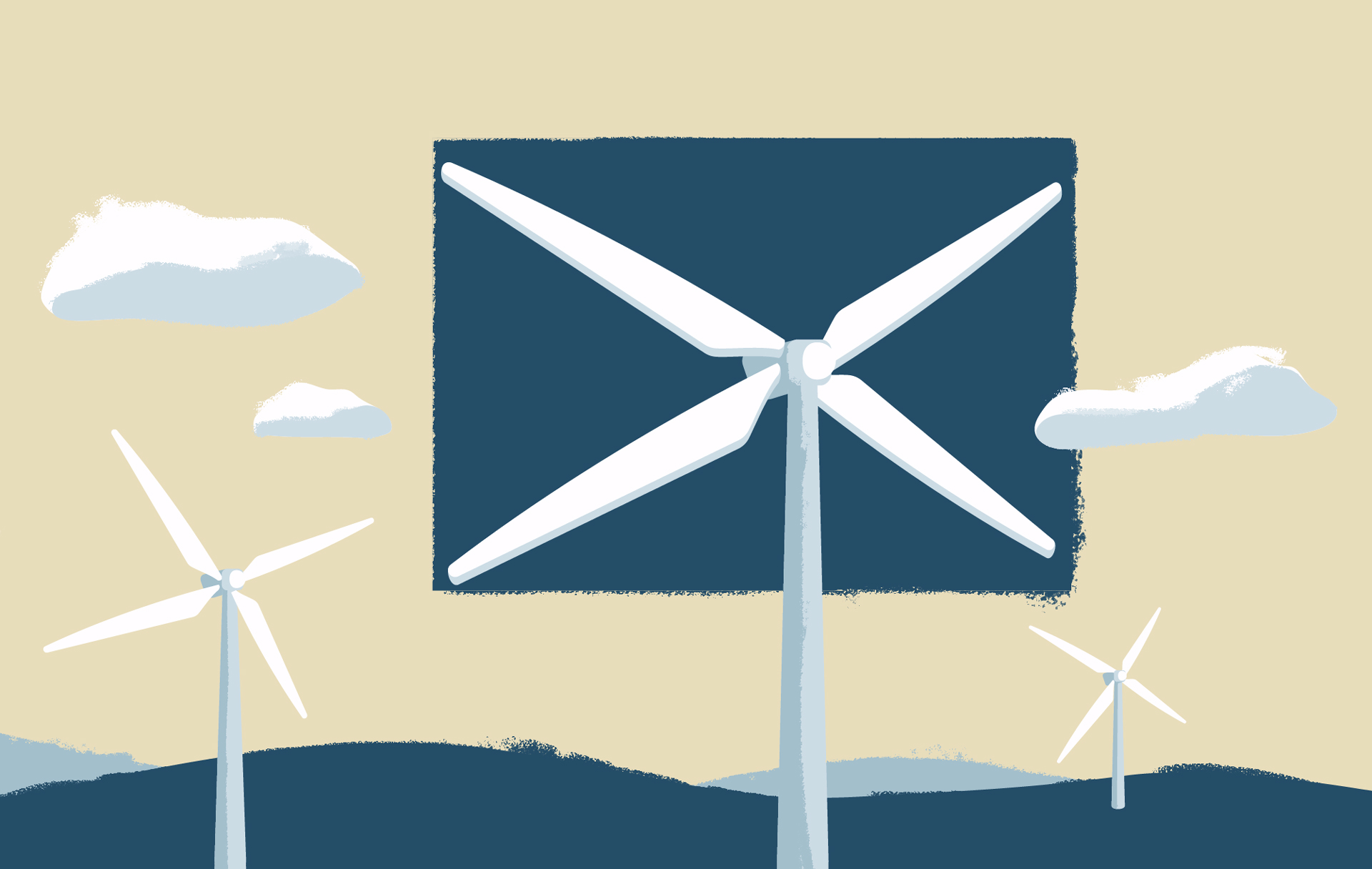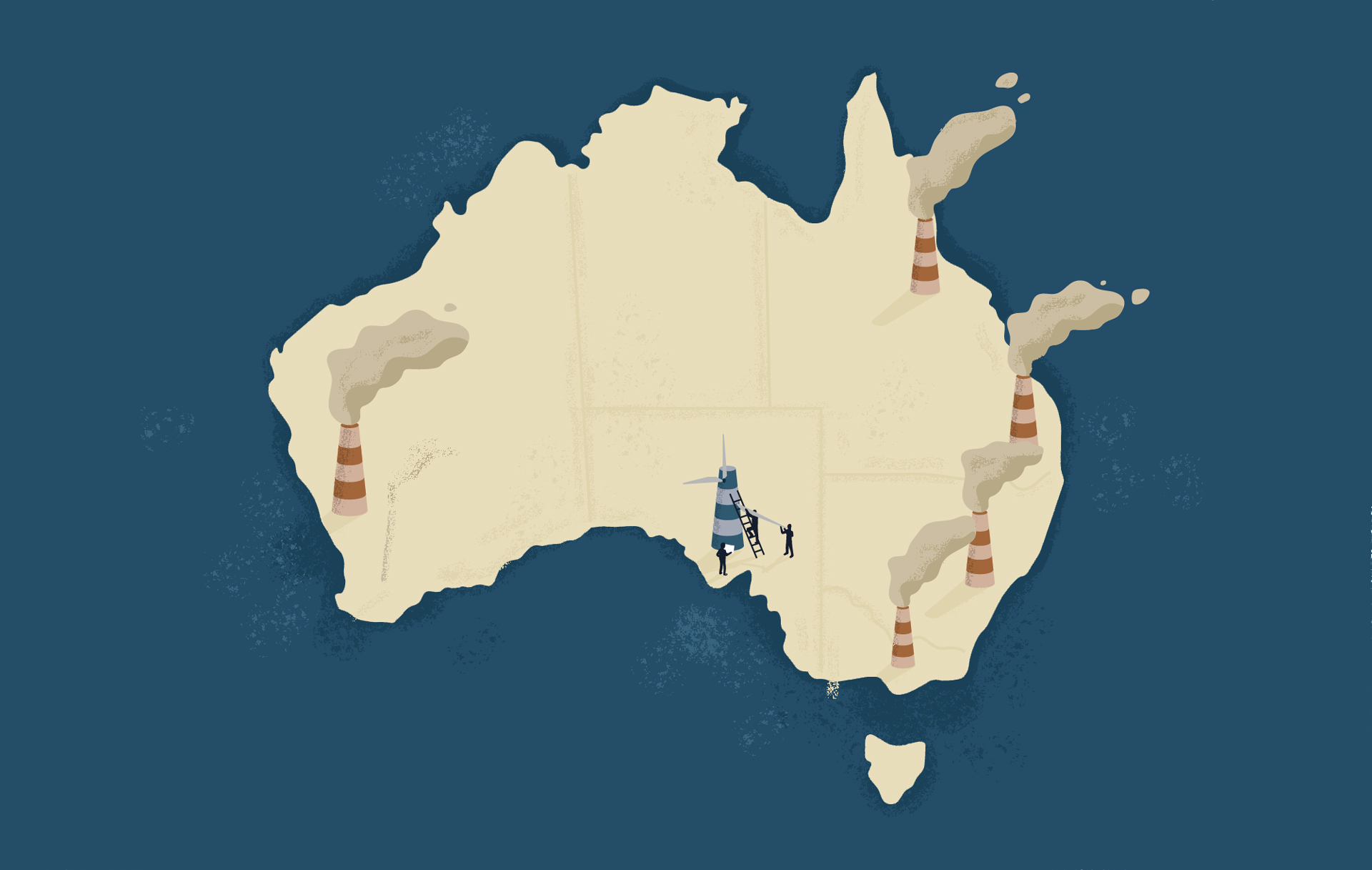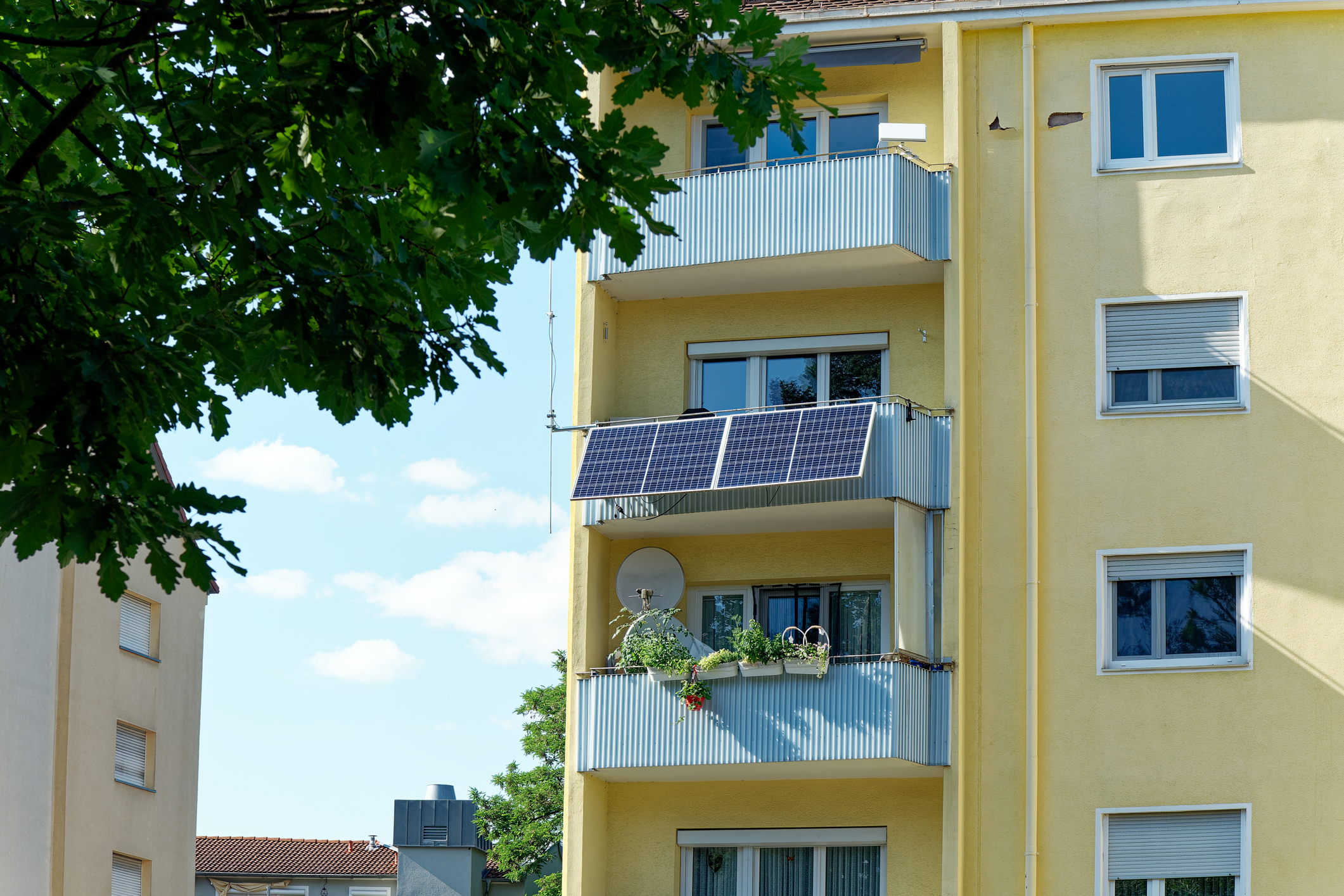Twelve US states — including the largest by economic output, California — now generate enough renewable energy each year to cover more than 50% of their electricity needs, according to data collated by Stanford University Professor Mark Z. Jacobson.
South Dakota tops the list, with renewable energy generation equivalent to 96.5% of the state’s power consumption in 2023. Wind alone accounted for 69.7% of the mix.
Montana ranked second, at 81.2% renewables, while Iowa was third with a 79.4% share (almost entirely made up of wind).
Washington State (78.2%), Oregon (66.9%), Kansas (66.8%), New Mexico (63.7%), Maine (59.7%), Oklahoma (57.9%), Wyoming (57.7%), North Dakota (56.3%), and California (53.1%) round out the list.
Wind was the main contributor in seven of these states, while hydro was the biggest component of the mix in four of them.
California, meanwhile, has gone big on solar and storage.
All solar technologies — including grid-scale PV, concentrated solar plants, and rooftop PV systems — covered 28.9% of the state’s electricity needs in 2023.
Those plants were backed by 7.3GW of battery storage capacity, as of December 2023, with another 5.2GW scheduled to come online this year, according to the government’s Energy Information Administration (EIA). Batteries already regularly provide more instantaneous power than gas during the evening peak period in California.
Low-cost energy: States that get most of their electricity from renewables also dominate the affordability rankings.
Businesses and households in Wyoming and North Dakota — states that are mostly reliant on wind — have access to the nation’s cheapest electricity, according to the EIA. Iowa, Oklahoma, New Mexico, Washington State and South Dakota also have amongst the nation’s cheapest tariffs.
Maine and California are the two outliers with electricity costs above the US average. In California’s case, this is partly explained by the fact that utilities pass on hefty wildfire costs to consumers.
Yes, but: There is still a long way to go to decarbonise the American power system, with some states far behind.
In 2024, gas will likely hold a 42% share of the electricity mix, followed by renewables at 24%, nuclear at 19%, and coal at 15%, the EIA says.
The US government plans to get to 80% renewable-based electricity by 2030, and a 100% carbon-free power system by 2035. Speeding up the permitting process and expanding the capacity of the grid will be critical to achieving those targets, analysts say.










